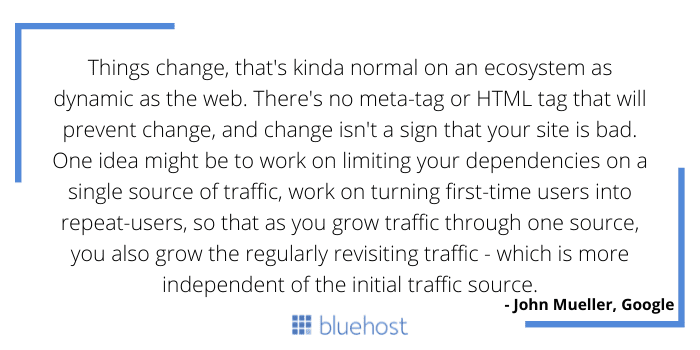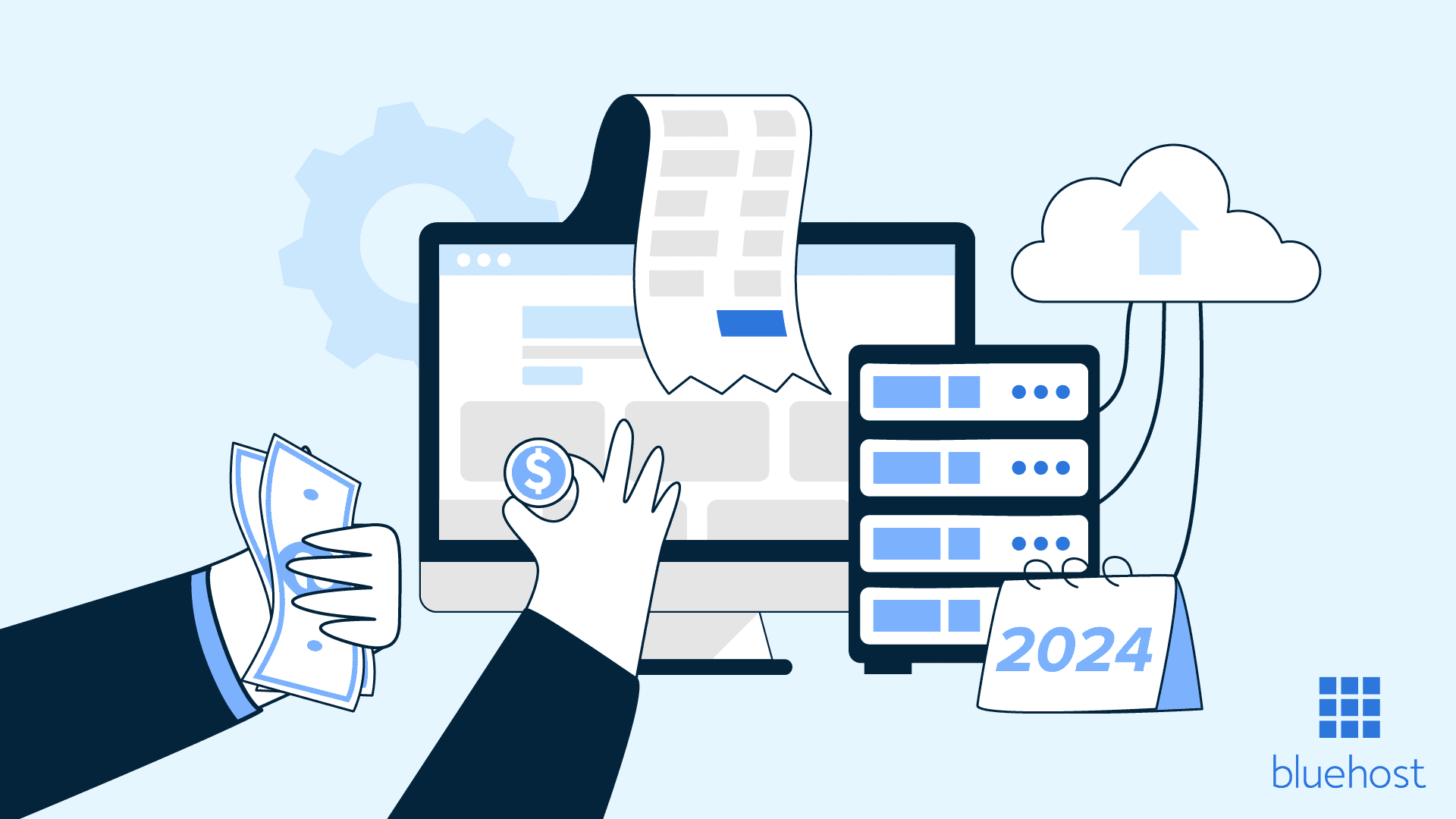Importance of having a strong online presence
Having an online presence makes it easier to get found. It helps customers know that you exist and are within reach. Here are some of the advantages of having an online presence:- Helps boost your brand awareness
- Helps people reach out to you (for example, on Twitter) for pre-sales or post-sales queries
- Attract more customers or potential leads via inbound marketing
- Build a community of loyal customers around your presence
- Share your message across the community. For example, if you have a social media account or a blog, you can voice your opinions or post solutions to problems your followers might have
- Build relationships with your fellow business owners
6 steps to building your professional online presence
1. Create a website
Having a website is a must when you plan to build a presence for your online business. Your customers need to have a place to find and buy your products (or services). In our case, we’re not building a traditional brick and mortar store and that’s why we need a website that replicates a real estate or physical store on the web. You can, for sure, have a profile on Upwork (if your business involves services) or sell your creations on a platform like Etsy but they’re all platforms you don’t own. And, you wouldn’t want to risk your business with 3rd party platforms. So, the best way to move forward is by creating your own website. Something you own and can manage at your own conditions. We recommend using WordPress to start your blog or website. It’s better than other CMS’s or blogging platforms and can be used to build anything from a simple blog to a complex e-commerce store. Here’s a guide to starting your own website or blog. Or, you can use our website builder to create and launch beautiful yet conversion-optimized WordPress websites. Here’s how.2. Invest in SEO (Search Engine Optimization)
With the avalanche of websites built per day, it is nearly impossible to get noticed and stand out, leave alone get an influx of customers or sales. Having said that, you’ll still need to create a website and complete the initial setup after WordPress installation. But, in order to get your website or online store noticed you’ll need to invest in SEO. SEO or search engine optimization is the process of optimizing your website to attract visitors from search engines like Google. You could simply start with blogging or publishing content (on your blog) that targets keywords or search queries that your customers search online. Here’s a guide to get started with blogging. After you grow, or if you have the budget, you can scale your content production by outsourcing it to niche writers and automating the process with SOPs and workflows.3. Build an audience
Now that you’ve achieved two of the most important strategies for building your digital presence, you need to focus on building an audience. A community of like-minded people or loyal fans can go a long way in promoting your business. It will also boost your credibility and authority in your niche. This can be in the form of:-
- Building a newsletter: MorningBrew grew from zero to over 3 million subscribers. This is proof that if you provide value, people won’t mind trusting you with their email signups.
- Build a social media presence: You can build a personal brand on social media or use WordPress (which integrates nicely with social media tools) to create a presence for your blog and drive traffic.
- Focus on returning visitors: Getting more visitors to return to your website has more ROI than getting new readers to read your content. Here’s what research on the Databox blog has to say on this:
4. Build a newsletter (email marketing)
You don’t have to be the next Morning Brew but starting an email newsletter is your one-step-forward in the direction of owning your audience. WordPress integrates with email marketing platforms and helps you collect the email id of readers and turn them into subscribers. You can use a free WordPress plugin like Sumo to display pop-ups for your website visitors and get them to sign up in return for some value viz. a free ebook, a PDF report, a webinar recording, or simply a bonus tutorial related to the article. Here’s a list of 10 downloadable lead magnet ideas that you can use to grow your email list. After that, you can connect it to an email marketing software like Mailchimp (great for free) or GetResponse to send emails and nurture those leads into buying customers.5. Build a social media presence
In a Reddit thread, Google’s John Mueller suggests using other platforms to diversify your traffic sources. And, that is something any successful business owner would suggest too.
Instead of relying on one platform or simply search engines, you can devote some of your energy and resources to creating a micro blog on Instagram or maybe start experimenting with Twitter threads.
You can even start a Facebook group (they still have great reach and engagement, unlike Facebook pages) and start funnelling your website visitors to the group.
Other than that, you can create Facebook groups or discord communities for your premium members or customers too.
You can also start creating videos on YouTube to get additional eyeballs on your content. In fact, online videos are expected to make up 82% of all online traffic by 2022.
That’s something that should get you pumped up to create niche-related videos.
And, that is something any successful business owner would suggest too.
Instead of relying on one platform or simply search engines, you can devote some of your energy and resources to creating a micro blog on Instagram or maybe start experimenting with Twitter threads.
You can even start a Facebook group (they still have great reach and engagement, unlike Facebook pages) and start funnelling your website visitors to the group.
Other than that, you can create Facebook groups or discord communities for your premium members or customers too.
You can also start creating videos on YouTube to get additional eyeballs on your content. In fact, online videos are expected to make up 82% of all online traffic by 2022.
That’s something that should get you pumped up to create niche-related videos.



Write A Comment